Reasoning and Methodology
Talent matters in dynasty more than it does in any other format of fantasy football, and it especially matters on the fringes, where guys are either sticking around on a team through training camp or not, beating out that other late-rounder for the backup job or not, playing up to the level of that contract they’re hoping for or not, or fighting through injury for one last hurrah or not.
My RB model seeks to quantify talent in relation to all players in a position group, which is useful for prospect evaluations, but is also something that I use to continue to evaluate players as they perform in the NFL. I want to know which running backs produce, run efficiently, contribute in the passing game well, and earn and handle heavy work the best, all relative to each other, all stripped down to player-isolated impacts as much as I can by arming the evaluation with context.
Given all that, I generate scores in several areas of player performance that combine to form an overall composite score representing a player’s talent. Then, informed by historical age-based production data, the scores are modifed based on where a player lands on the career arc of the typical running back in the upcoming season; Joe Mixon‘s base Talent Score changes as he builds up an NFL resume, but his year-specific score is also dynamic based on life cycles of past players.
In this article, I use those Talent Scores to identify players who are values in relation to their startup ADP in dynasty leagues. If you are a substantially more talented player than the other guys being selected near you, I’m likely interested. Guys are listed below in order of ADP (from cheapest to most expensive), with rookies accompanied by their composite scores as prospects and veterans with scores reflecting what they’ve done in the NFL:
James Robinson, Jaguars
DLF ADP: 240.5 (RB84)

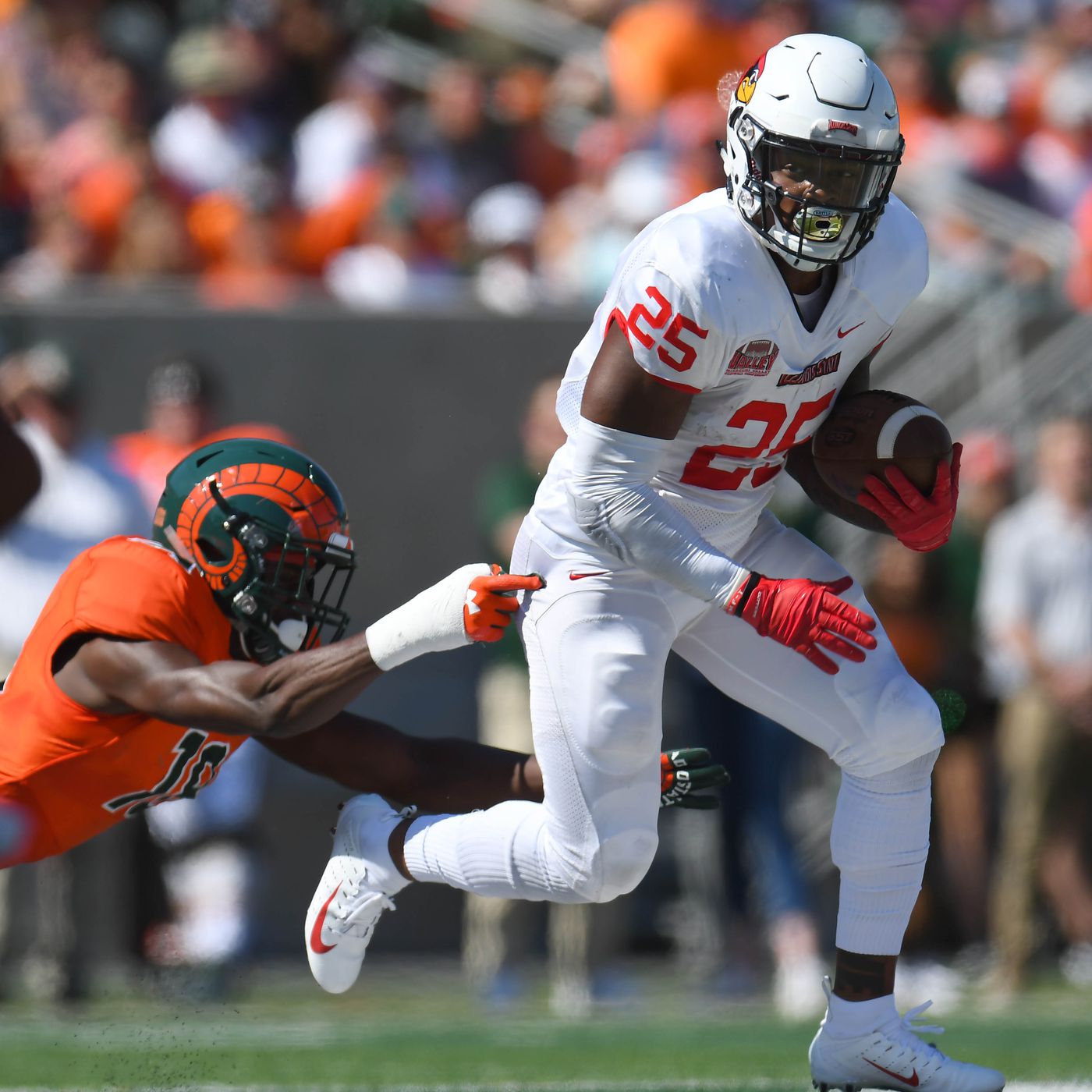
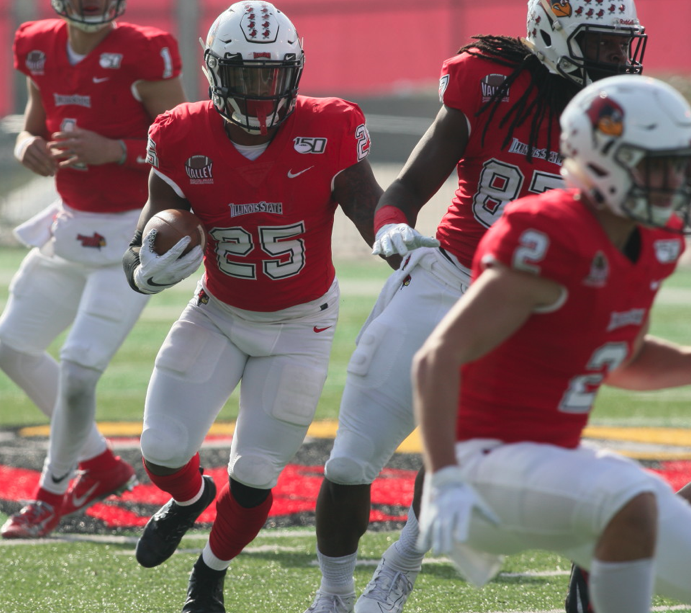
Yeah, yeah, yeah, James Robinson runs a 4.64 and went undrafted after playing at the FCS level in college, I know; we’re naturally not writing about a lot of guys with bulletproof profiles in this article, and Robinson’s holes as a prospect are the reason he’s being selected where he is in dynasty.
However, he has as good a collegiate resume as any FCS guy who’s come out in recent memory (48.5% Dominator Rating and a 19-year old breakout), he has size and athleticism (a 5’9, 219-pound frame to go with a 92nd-percentile Burst Score and a 69th-percentile Agility Score), and he was impressive against the competition he faced, averaging a full yard per carry more than other Illinois State runners while hauling in 58 career receptions.
That’s a solid (if not legitimately impressive) prospect profile, and his landing spot in Jacksonville opens him up to potential early opportunity given the uncertainty around Leonard Fournette‘s future with the team, as well as the relative lack of talent in the rest of the running back room. Robinson is at least a worthy adversary for either of the unspecial Ryquell Armstead/Devine Ozigbo duo (though I think he’s better than both of them), and Chris Thompson is a role player. The potential reward far outweighs the non-existent risk at an RB84 price. Go cut Andrew Luck and get Robinson off waivers for the $0 of FAAB it’ll cost you.
Eno Benjamin, Cardinals
DLF ADP: 189.7 (RB62)

If I told you that an explosive pass-catching back was selected in this draft by a team with a forward-thinking offensive coach paired with an ascending and elite talent at quarterback, you’d tell me that Clyde Edwards-Helaire is a consensus top-two player in rookie drafts and a borderline first round pick in startups (either that or you’d grumble about Nick Brossette and touchdowns per team pass attempt).
I would share in your CEH enthusiasm and also raise you one Eno Benjamin, explosive pass-catching back selected by a team with a forward-thinking offensive coach paired with an ascending and elite talent at quarterback. Benjamin is both good and in an offensive environment that suits his skill-set, but more importantly he is very cheap. My full thoughts can be found here.
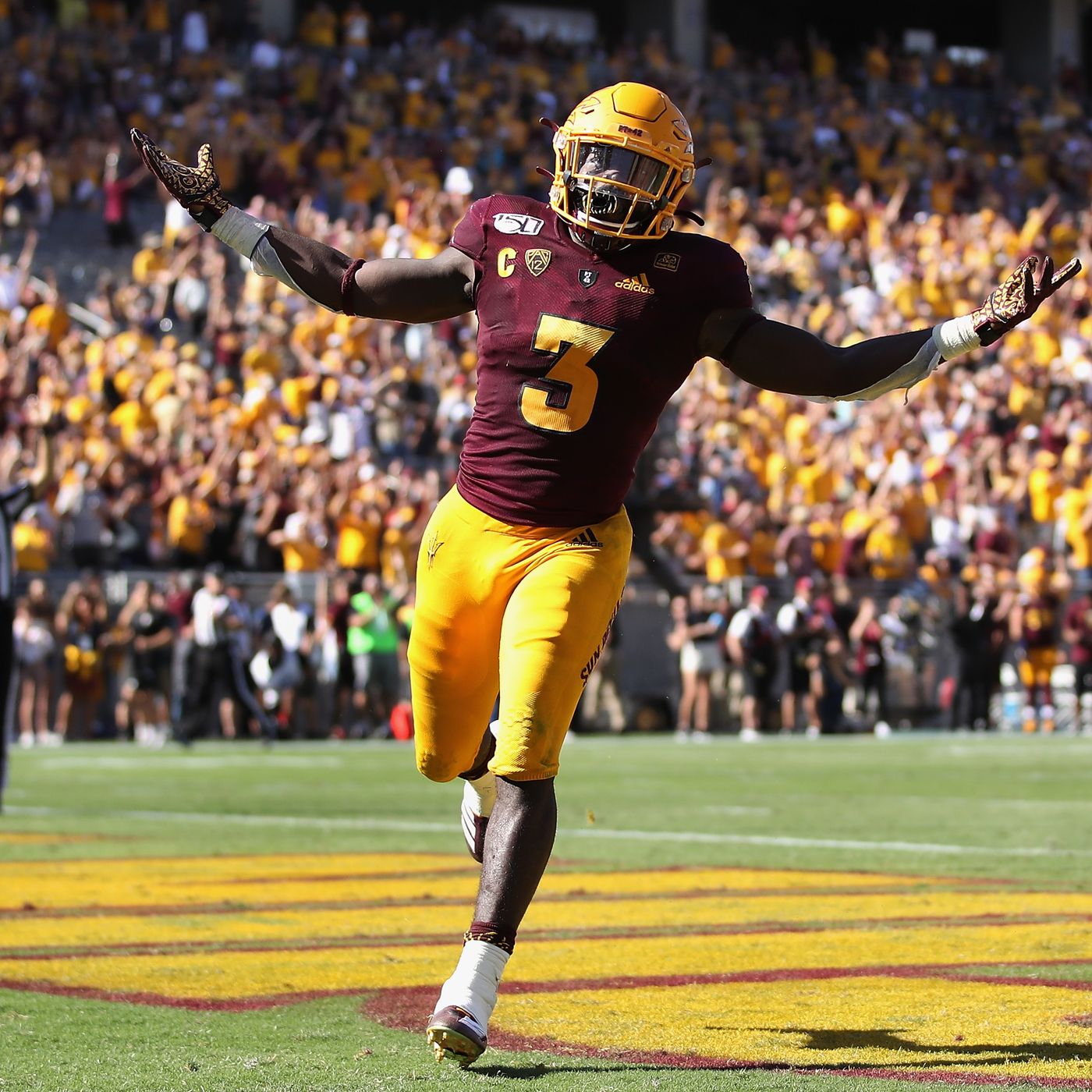
Duke Johnson, Texans
DLF ADP: 171.8 (RB55)


We all know the Duke Johnson story: great pass-catcher, always efficient, never given heavy touches or even a shot as the #1 in an NFL backfield. Duke is 26-going-on-27, so he’s nearing the end of his prime, but he’s a lightly raced sports car who people are sick of waiting on a breakout for, so the juice is still worth the squeeze.
We should no longer have delusions of him earning a lead role (coaches just don’t seem to think he belongs there), but he’s proven to be dynamic nonetheless, and as a proven talent (my RB model likes him as a top-20 talent at his position in the league this season) playing behind a maybe broken David Johnson on a team with little to speak of otherwise in the short passing game, Johnson is still a buy for me as one of the premier handcuffs in fantasy.
Jordan Howard, Dolphins
DLF ADP: 148.3 (RB51)

The list of running backs drafted at age 21 or 22 since 2007 who went on to post Dominator Ratings of at least 20% (for reference, Alvin Kamara‘s DR last year was 19.8%) in every season through age 24 is made up of Adrian Peterson, Chris Johnson, Matt Forte, Le’Veon Bell, Todd Gurley, Ezekiel Elliott, and Jordan Howard.
While it’s probably true that one of these things is not like the others, Howard has been an objectively good player since entering the league (his career yards per carry and 10+ yard run rate in relation to the performances of his teammates in those areas are 70th- and 78th-percentile marks, respectively), and he still has several years of his prime left. He joins a likely-to-improve Dolphins team in 2020 that has quality downfield passing options, a talented new franchise quarterback in Tua Tagovailoa, and a backfield mate in Matt Breida who a) possesses a non-overlapping skill-set, and b) dies on the field seemingly every Sunday. Skill and situation converge to make Jordan Howard a quality buying option in dynasty.
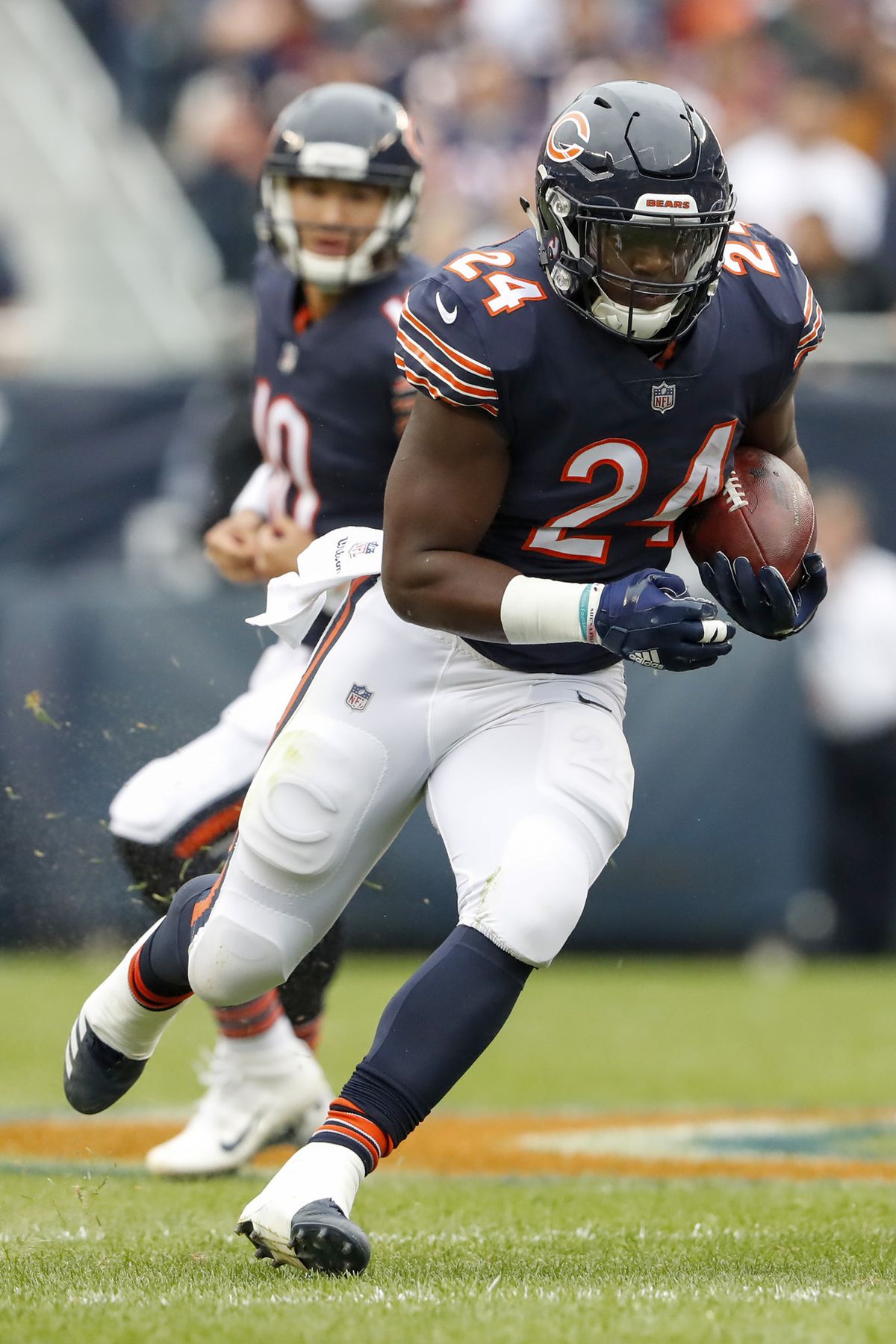
Derrius Guice, Washington
DLF ADP: 89.8 (RB30)

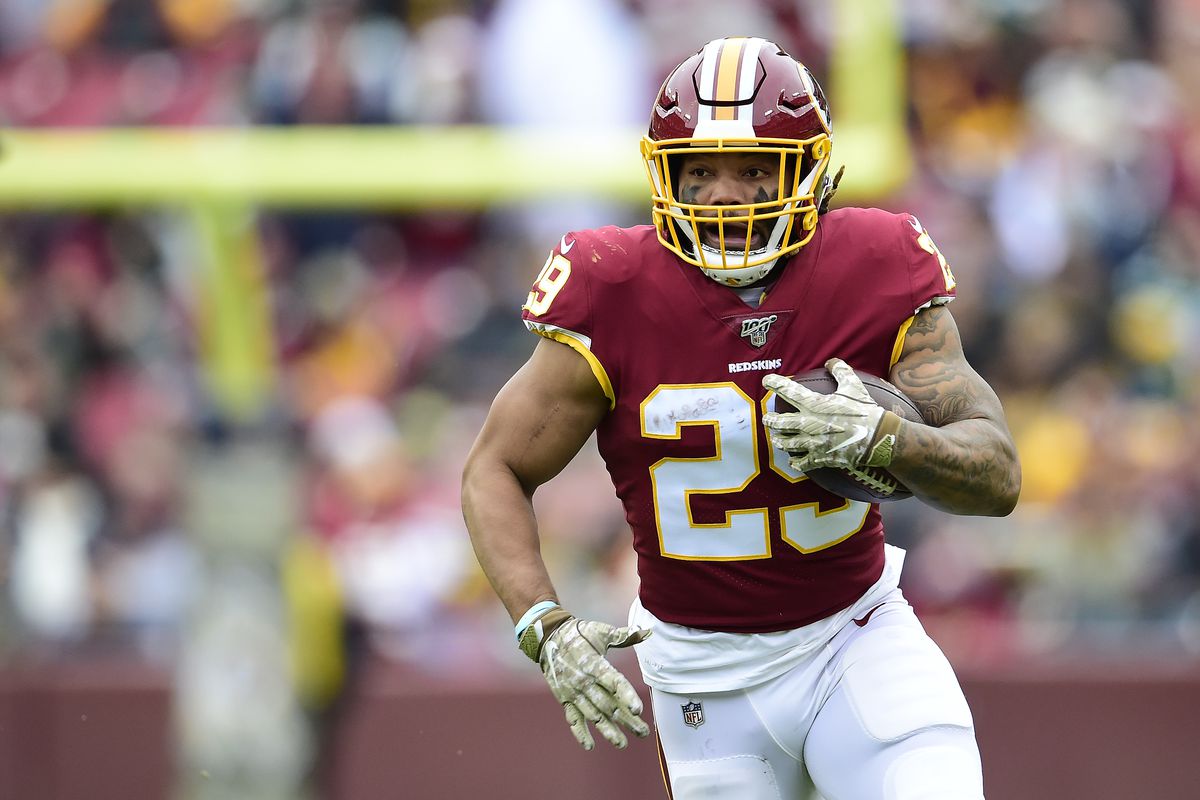
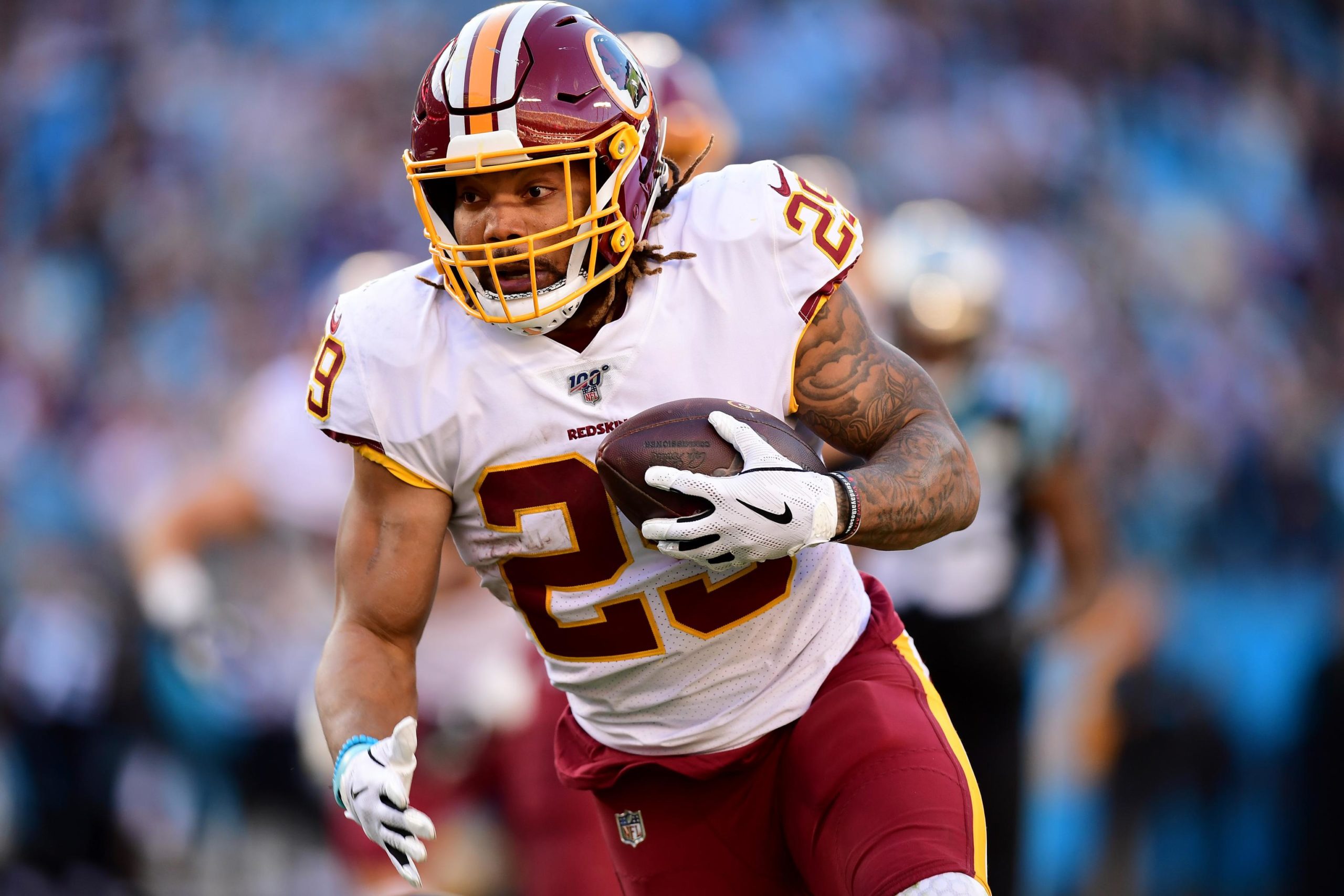
Derrius Guice has participated in five NFL games since being drafted two years ago, but what he’s done in that limited burn — posting a 29.6% Dominator Rating (an 89th-percentile mark for 22-year olds), averaging 1.71 yards per carry more than his backfield teammates (98th percentile), and converting chunk gains of 10+ yards into breakaway runs of 20+ at a 75% clip (99th percentile) — has kept the candle of his stellar prospect profile lit despite his failure thus far in the NFL to stay healthy.
He’s better than Adrian Peterson at these respective junctures in their careers, he’s a much better candidate for three-down work than Bryce Love, and I’m infinitely more certain of his ability to simply play the running back position than I am of Antonio Gibson‘s (though Gibson is an intriguing and talented player in his own right). Guice can clearly ball, and the injuries that have kept him off the field are the only reason he’s not a top-10 dynasty back. Given that I’m not a doctor, I’m going to take the discount those health issues have gifted me rather than Keenan Allen-ing him with some “injury prone” label that I pulled out of my ass.
Kareem Hunt, Browns
DLF ADP: 81.2 (RB26)

I don’t think there’s much of a possibility that Kareem Hunt overtakes Nick Chubb in the Cleveland backfield, but I’m not convinced that Hunt isn’t the better player. It’s that level of talent (my RB model has him as a top-10 back in the league on pure talent for 2020) that makes him a value in dynasty, as he is all at once a stand-alone flex option, by far the best handcuff available, and a candidate to reclaim an RB1 chair for some team after his deal expires next offseason.
The risk relative to where he’s going in startups is also fairly low; he may not get an opportunity as a tread-on-the-tires 26-year old lead back next year, instead being relegated to over-qualified spot duty for however long he continues to play, but the guys going in his ADP range (Chris Carson, Raheem Mostert, James Conner, etc.) could all similarly fall off the face of the dynasty earth in the near future. I just know Hunt has the highest ceiling of any of them.
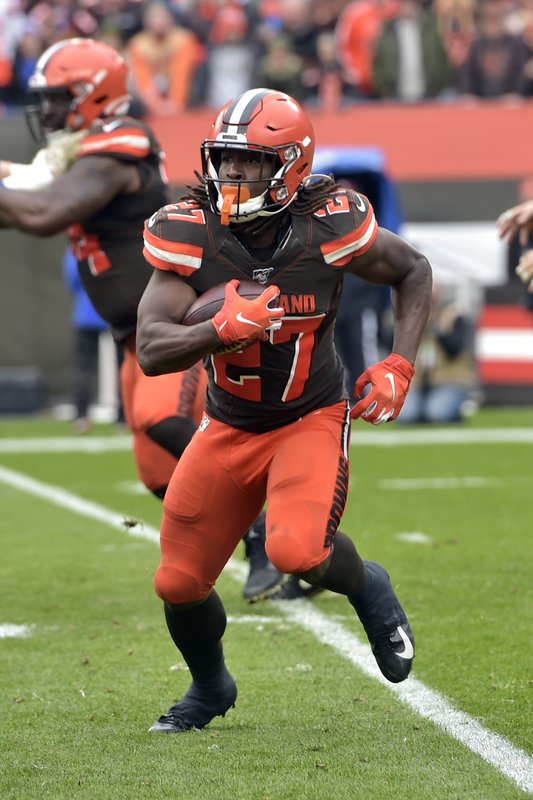
Todd Gurley, Falcons
DLF ADP: 56.2 (RB20)

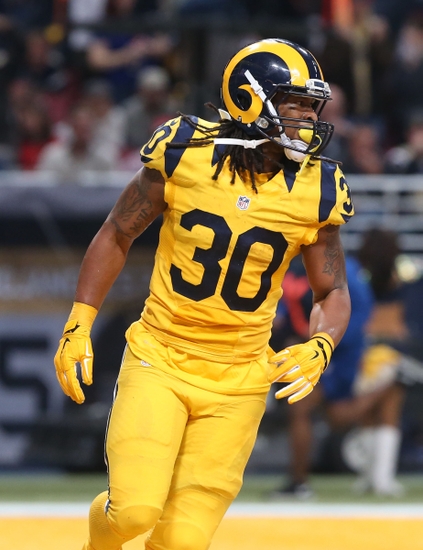
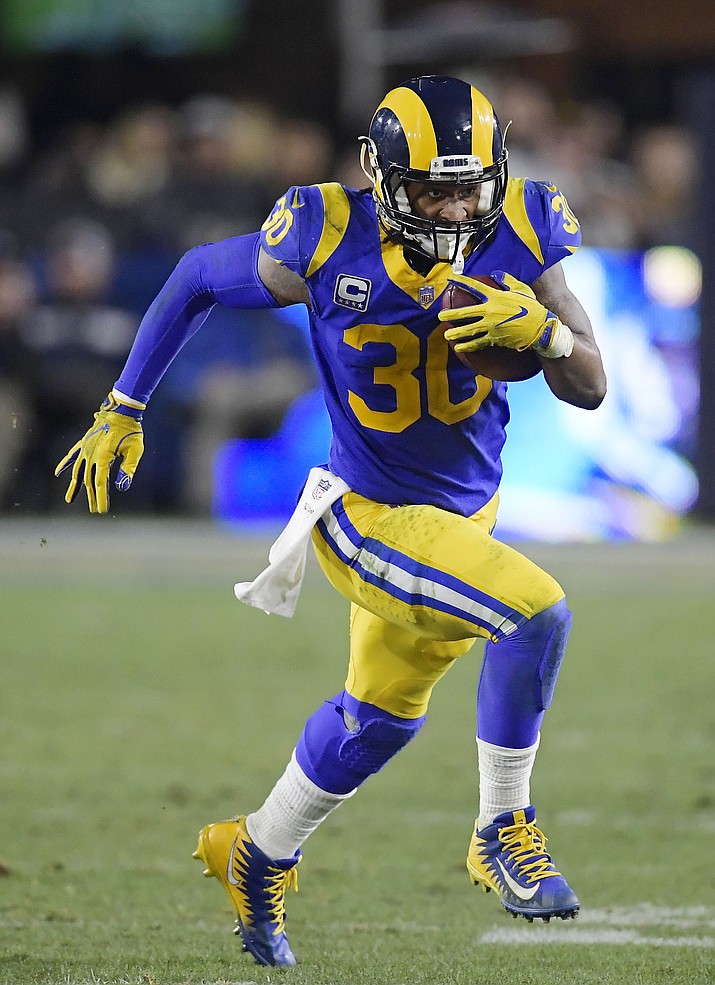
As with Derrius Guice, I am buying injury-related uncertainty when it comes to Todd Gurley. Much has been made of his demise, but a) I continue to not be a doctor, b) his 3.8 yards per carry from last season was still better than the combined 3.72 that Malcolm Brown and Darrell “the next Alvin Kamara” Henderson averaged while operating in the same offensive climate, and c) he will be just 26 years old at the start of the season.
I completely acknowledge that Gurley could soon be toast, but it’s also within the realm of possibility that his body holds out for another year (or two) and we get a throwback season from one of the best fantasy running backs of all time now playing with the best group of offensive skill players he’s ever had around him. The offensive line might still be bad, but for fantasy purposes, we’re not asking Gurley to be efficient on the ground, but to just be along for the ride with Matt Ryan, Julio Jones, and Calvin Ridley while he still has 15 touches left in the tank. Anything more is gravy.
Kenyan Drake likely doesn’t have the staying power to maintain high-end fantasy relevance beyond the next two seasons, and Leonard Fournette has allegedly worn out his welcome in Jacksonville, so who knows what his career looks like beyond 2020, and both of those guys are being selected a full round ahead of Gurley. If the knock on him is that he doesn’t have much time left, I won’t argue, but we need to stop kidding ourselves with the anticipated career arcs of some of these other dudes, because the same thing applies to them too.
Jonathan Taylor, Colts
DLF ADP: 14.7 (RB9)

It seems a little funny listing Jonathan Taylor in any sort of value or “buy low” article given that he’s already priced as a top-15 player in dynasty, but in the summers before their respective rookie seasons, Todd Gurley was drafted in startups as the RB4, Ezekiel Elliott as the RB3, and Saquon Barkley as the RB3. The positional talent landscape has something to do with those ADPs, but I would be shocked if Taylor, a guy my RB model has as the third-best prospect at the position since 2007, is not selected in the middle of the first round (and maybe even in the top 3 picks) a year from now. If his performance in year one is going to warrant that climb, then why not get out ahead of it?
I’m not afraid of Marlon Mack, I’m absolutely not afraid of Nyheim Hines, and I expect Taylor to be one of the best and most productive running backs in the league as a rookie, as his supreme talent profile meshes seemlessly with the situation he lands in in Indianapolis.
I would take Taylor over guys going near him like Nick Chubb, Josh Jacobs, and Miles Sanders, and if I didn’t have a shot at Christian McCaffrey or Barkley, I’d be looking to trade down from Zeke- and Kamara-territory in order to accrue value and still get an equivalent talent in Taylor.
My full pre-draft write-up on Jonathan Taylor the prospect can be found here.
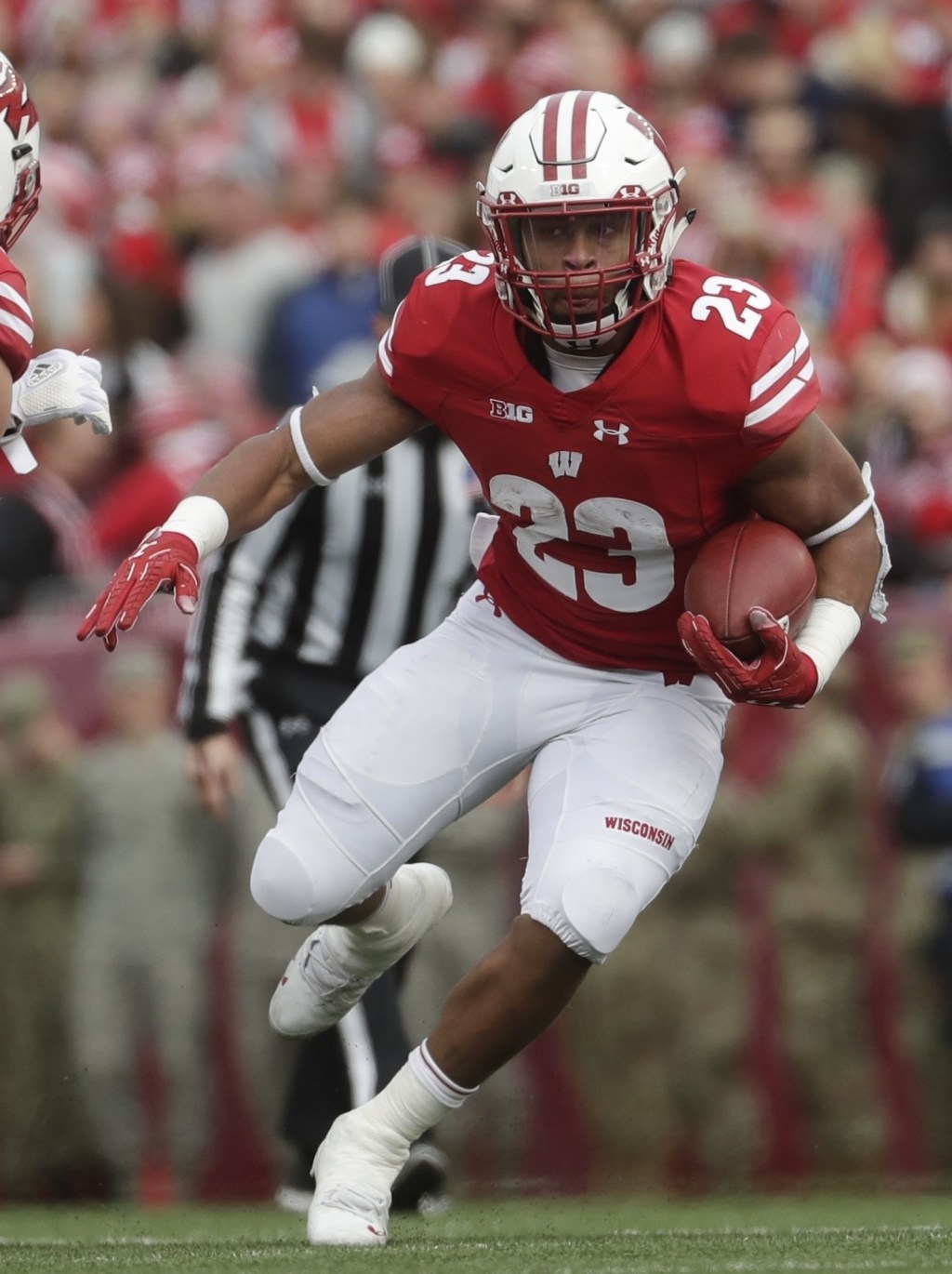
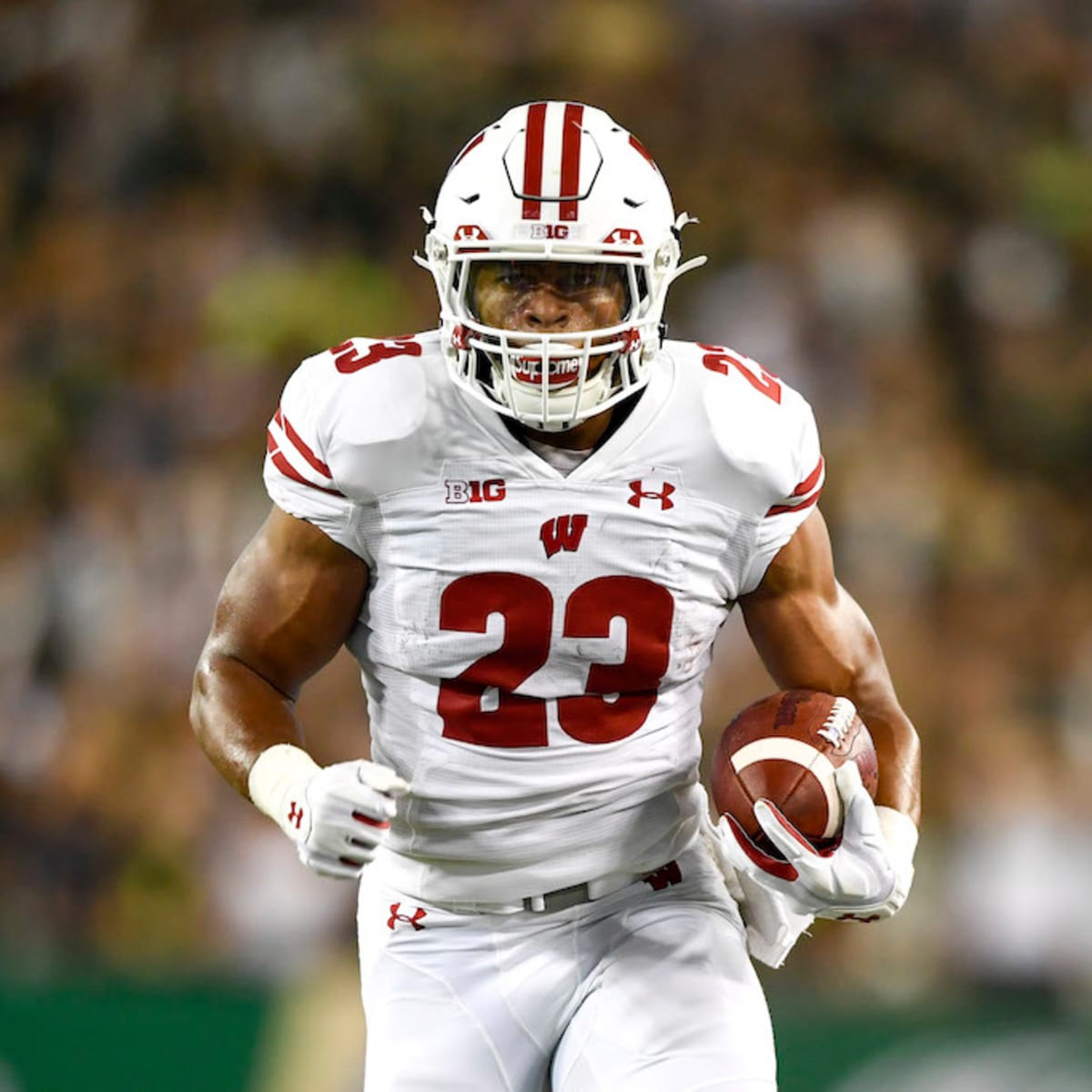
Honorable Mentions
The following are all guys who are good values in dynasty right now, but who don’t have quite the disparity in talent vs. price as the players highlighted above:
Leonard Fournette, Jaguars
DLF ADP: 40.2 (RB18)
2020 Talent Score: 76.1
My personal convictions don’t have me buying Fournette in dynasty, but objectivity and intellectual honesty dictate that I list him here. He has had his struggles both on the ground and (reportedly) in the eyes of team management, but he has been very productive and decent as an all-purpose player so far in his career. I wouldn’t be shocked if he put together an RB1 season in 2020, but I also wouldn’t be shocked to see him out of the league by 2022.
Le’Veon Bell, Jets
DLF ADP: 71.2 (RB25)
2020 Talent Score: 66.0
Bell is sort of the older, cheaper, on-a-worse-team version of Todd Gurley, but also like Gurley, he is a former elite fantasy producer who may still have something left in the tank. If I’m inclined to take a running back where he’s going in startups (which I’m often not), Bell is as good a candidate to produce at a high level as are guys like Melvin Gordon, David Montgomery, and Ke’Shawn Vaughn, who typically get taken before he does.
Antonio Gibson, Washington
DLF ADP: 125.3 (RB42)
2020 Talent Score: 65.2
My RB model can be gamed by big and athletic wide receiver converts, so it loves Gibson, but being big, athletic, and a good pass-catcher are also things that make good running backs in real life, so Gibson is legitimately interesting. If Guice is cooked and Gibson isn’t just fast Ty Montgomery, then he could smash, though that upside is already halfway baked into his price.
Honorable Mentions to the Honorable Mentions:
Latavius Murray, Ty Montgomery, Jerick McKinnon, Devine Ozigbo, Damien Harris, and Trayveon Williams are all cheap and have conceivable paths to startability and/or value increases.
For more devy, dynasty, and prospect-related work, follow me on Twitter at @noahmoreparties.


